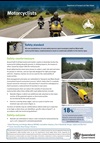Road Safety Policy fact sheets
Transport and Main Roads has produced a series of fact sheets, which are designed to assist project managers, engineers and designers to implement 13 interim safety standards, in accordance with Queensland's Road Safety Policy (2018).
The safety standards are default requirements, on the state-controlled road network across Queensland, unless justification is documented in a planning report or design exception.
They address key safety issues on Queensland's road network with proven countermeasures that are considered good practice in the design and construction of safer road infrastructure to proactively reduce the risk of fatal and serious injury crashes.
Contact saferroads@tmr.qld.gov.au for more information.
[The following table is reproduced, with amendment, from Road Safety Policy Appendix A: Safety Intervention and Improvement Guidelines]
| Safety Issue | Safety Standards | Factsheet No. | Factsheet |
| Motorcyclists | All new installations of road safety barriers (including terminals) shall be fitted with motorcyclist injury countermeasures, such as rubrail, suitable to the barrier type, taking into consideration fauna movements. | 1 |
|
| Vulnerable users | In all urban environments, and where demand exists or may develop in a rural environment, ensure appropriate speed limits provisions for people who walk, ride, use a mobility device or live with a disability. | 2 |
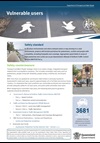
|
| Intersection - Signalised - Pedestrian crossings | Pedestrian crossings shall be provided on all approaches at signalised intersections. Pedestrian protection shall also be provided. | 3 |
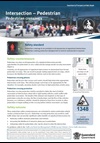
|
| Intersection - Pedestrian - Slip lanes | Left-turn slip lanes should be avoided at intersections. | 4 |
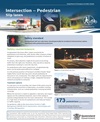
|
| Intersection - Signalised - Filter turns | New and upgraded signalised intersections shall have protected right-turn lanes on the major road. Right turns shall be fully controlled unless justified through a risk assessment. | 5 |
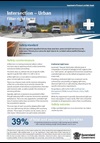
|
| Intersection - Rural - Channelised right turns | Auxiliary Right Turn Lanes (AUR) shall be replaced with at least a short Channelised Right Turn Lanes [CHR(s)]. | 6 |
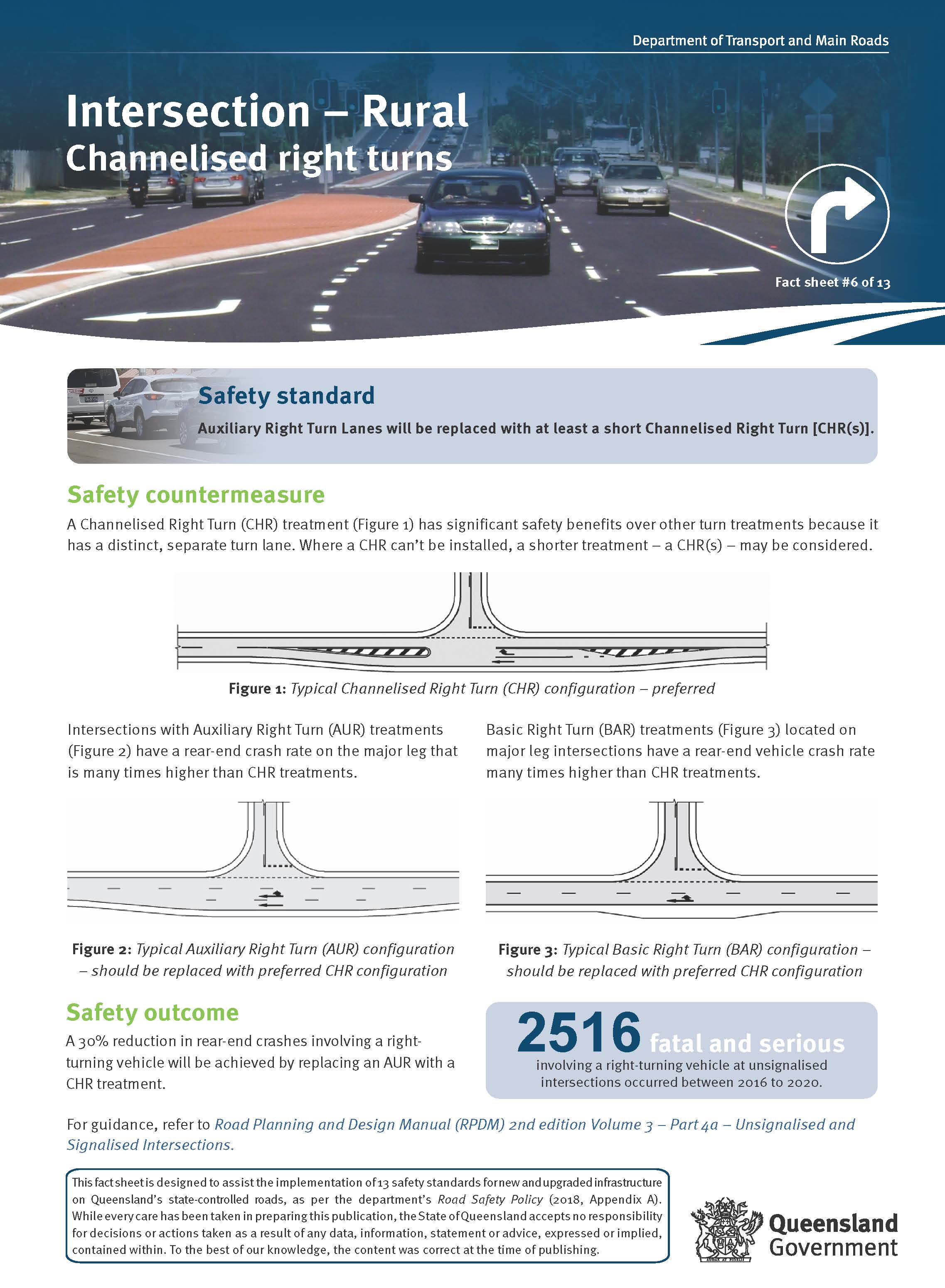
|
| Intersection - Rural - Left turn lanes |
Where a high volume of left turning traffic is present on high speed rural roads, sight lines shall not be obscured for traffic entering from the minor road. This may require repositioning or channelising the left turn lanes or bringing forward the Stop/Give way lines. |
7 |
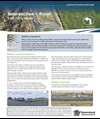
|
| Head on - Rural | Rural roads with Annual Average Daily Traffic (AADT) greater than 4,000 vehicles per day, shall have a Wide Centre Line Treatment (WCLT) and Audible Tactile Line Marking (ATLM). | 8 |
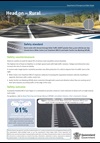
|
| Head on - All divided roads |
For all divided roads with posted speed greater than or equal to 80 kilometres per hour, medians shall be clear of all hazards unless shielded by median road safety barrier. For all divided roads with posted speed greater than or equal to 80 kilometres per hour, with Annual Average Daily Traffic (AADT) greater than 10,000 vehicle per day, physical separation by median road safety barrier shall be required. |
9 |
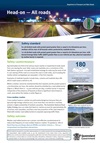
|
| Run off road - Rural | Audible Tactile Line Markings (ATLM) shall be installed on edge lines and centre lines on all rural roads with sealed shoulders greater than 0.5 metres. | 10 |
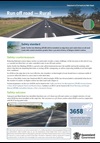
|
| Line marking - All roads | All new permanent line marking should be cold applied plastic. | 11 |
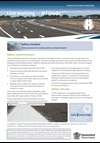
|
| Fatigue crash risk - Rural | On rural roads, stopping places shall be provided every 30 kilometres and rest areas shall be provided every 80 kilometres. | 12 |
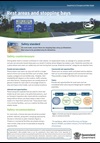
|
| Enforcement |
On all motorway upgrades, provision shall be made for speed enforcement. In particular, the works shall be designed to accommodate:
|
13 |
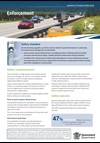
|
- Last updated 19 December 2022


